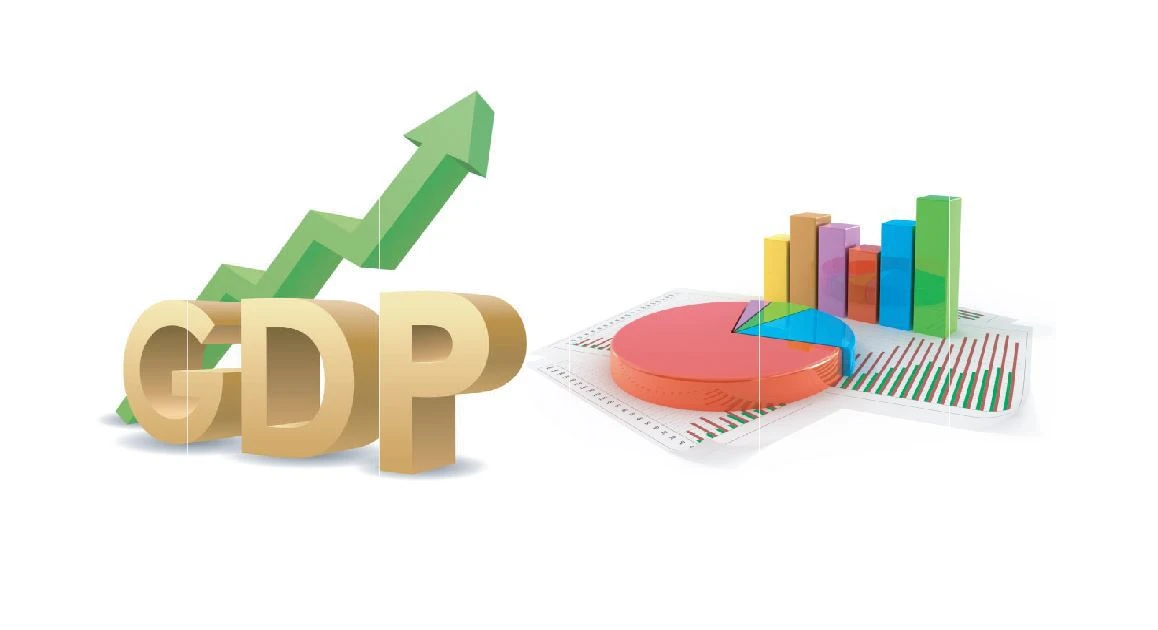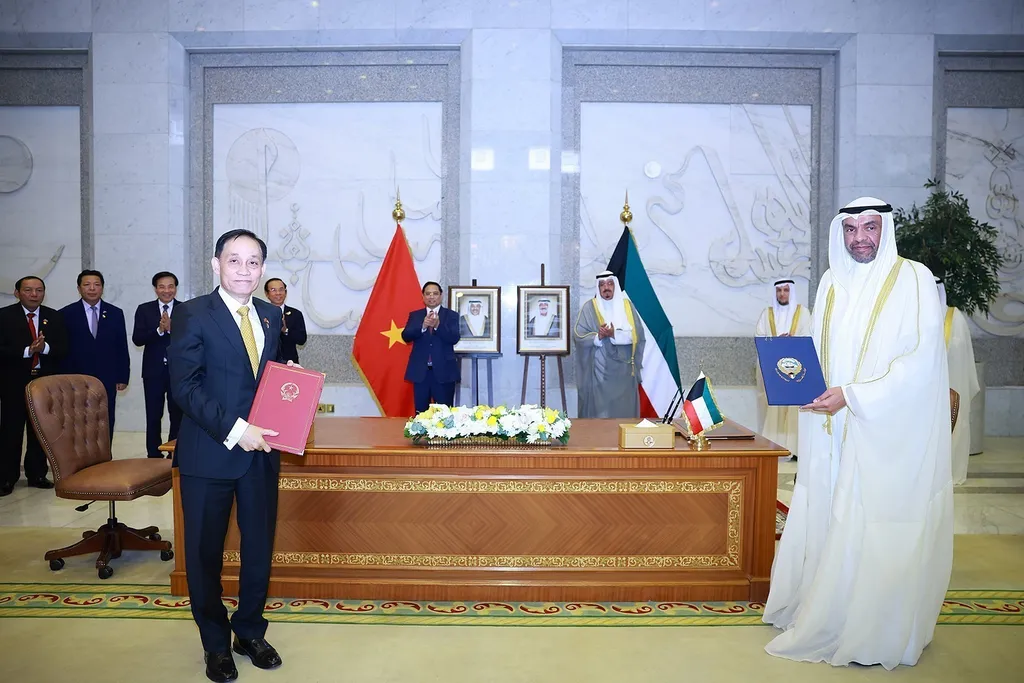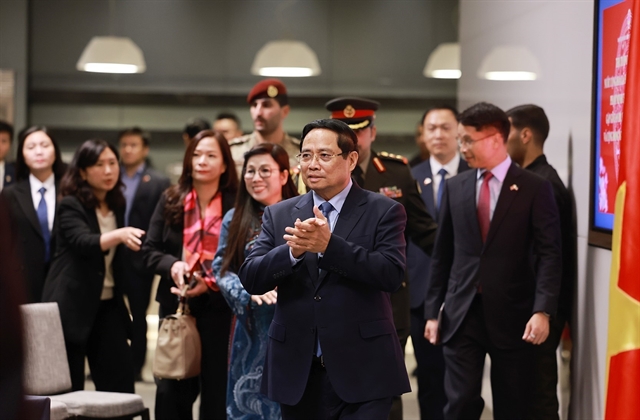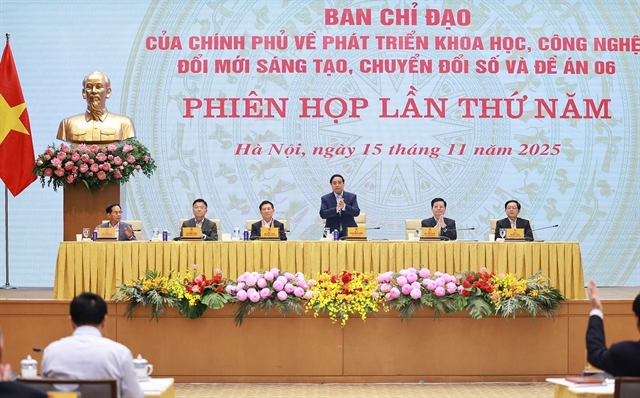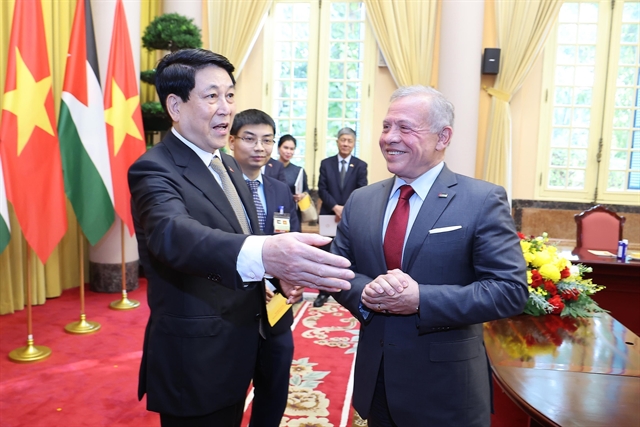Hanoi, July 11, 2025 – The Europe Today: Vietnam’s gross domestic product (GDP) expanded by 7.52 per cent in the first half of 2025 compared to the same period last year, marking the highest first-half growth rate recorded in 14 years, according to the National Statistics Office (NSO) under the Ministry of Finance.
This significant economic performance was accompanied by record-setting figures across key economic indicators, despite global instability and rising geopolitical tensions. Nguyễn Thị Hương, Director General of the General Statistics Office (GSO), highlighted the complex international landscape — including volatile U.S. trade policies and escalating military conflicts — that led many international institutions to downgrade their global growth projections for 2025.
Amid such challenges, Vietnam’s economic resilience stood out. Hương emphasized that the strong growth was the result of cohesive policy execution and decisive measures by the entire political system to promote socio-economic development under uncertain global conditions.
Administrative Reforms Drive Growth
Economist Dr Võ Trí Thành attributed the robust growth to unprecedented administrative reforms, which he described as a “revolution” in governance. In an interview with Thanh Niên, he pointed to a nearly 15 per cent growth in administrative support services — a key indicator of this transformation — which he said had contributed significantly to economic acceleration.
“This scale of administrative restructuring is rare and reflects a significant breakthrough that is already delivering tangible outcomes,” Thành noted.
FDI, Exports, and Services Propel Economy
Dr Trần Anh Tùng of the Hồ Chí Minh City University of Economics and Finance identified three major drivers of growth: foreign direct investment (FDI), exports, and the service and tourism sectors. He highlighted that FDI and exports were particularly instrumental due to their positive spillover effects on production and employment.
Tùng outlined four key enablers:
- Effective Monetary Policy – The State Bank of Vietnam’s successful inflation control and exchange rate management bolstered consumer confidence and preserved purchasing power.
- Industrial Shifts – Movement towards higher-value manufacturing and improved localisation boosted productivity and competitiveness.
- Public Investment – Accelerated disbursement, reaching 43 per cent of the annual target, provided vital infrastructure support for GDP growth.
- Trade Agreements – New-generation free trade agreements offered tariff advantages, aiding export growth and FDI inflows.
“These elements have created a solid platform for Việt Nam to surpass earlier growth forecasts,” Tùng added.
Strong Q2 Performance
The second quarter saw GDP growth surge to 7.96 per cent year-on-year, the second-highest Q2 growth between 2020 and 2025, behind only the 8.56 per cent recorded in Q2 2022. This compares favourably to previous years: 0.34 per cent (2020), 6.55 per cent (2021), 4.34 per cent (2023), and 7.25 per cent (2024).
Sectoral Breakdown
- Industry and Construction: Up 8.33%, contributing 42.2% to total growth. Industrial production rose 8.07%, led by a 10.11% surge in processing and manufacturing.
- Services: Up 8.14%, the sector contributed 52.21% to total growth — the highest mid-year increase since 2011 — supported by foreign trade, logistics, and tourism.
- Agriculture, Forestry, and Fisheries: Grew 3.84%, contributing 5.59% to the GDP.
Trade and Business Highlights
Vietnam’s total trade turnover for the first half of 2025 exceeded US$432 billion, a 16.1 per cent year-on-year increase. Exports grew 14.4 per cent, imports rose 17.9 per cent, and the trade surplus reached $7.63 billion.
Business activity also surged:
- 91,200 new enterprises were established (up 12%) with registered capital of $32.3 billion and over 591,000 workers.
- Average capital per new firm: $356,000.
- 61,500 enterprises resumed operations (up 57.2%), bringing the total number of new/resumed businesses to over 152,700, a 26.5 per cent year-on-year increase.
- On average, nearly 25,500 businesses were newly established or reactivated each month.
Inflation and Foreign Investment
- The consumer price index (CPI) for Q2 2025 rose 3.31 per cent year-on-year, with average H1 inflation at 3.27 per cent and core inflation at 3.16 per cent.
- Foreign investors registered $21.5 billion in new capital (up 33%) in the first half, while disbursement reached $11.7 billion, the highest first-half figure in five years.
Outlook and Policy Recommendations
While the first-half results are encouraging, the NSO cautioned that Vietnam remains vulnerable to global shocks due to its high level of economic openness. The agency emphasized the need for:
- Improved policy monitoring and flexibility;
- Continued macroeconomic stability;
- Stronger inflation control and growth stimulation.
Economists warned that achieving the annual growth target of over 8 per cent would be challenging, especially amid continued geopolitical instability and uneven public investment disbursement across localities.
Dr Huỳnh Thanh Điền from Nguyễn Tất Thành University expressed optimism, noting Việt Nam’s consistently attractive investment environment and government adaptability in response to global changes.
“The rising foreign investment and ongoing recovery of services and tourism in the second half of the year will provide favourable conditions to meet growth objectives,” Điền said.
Conclusion
Vietnam’s impressive 7.52 per cent GDP growth in the first half of 2025 affirms the country’s resilience and effective economic governance amid external turbulence. With strong momentum, focused reforms, and strategic policy execution, the nation remains on a promising trajectory toward achieving its full-year growth target.
